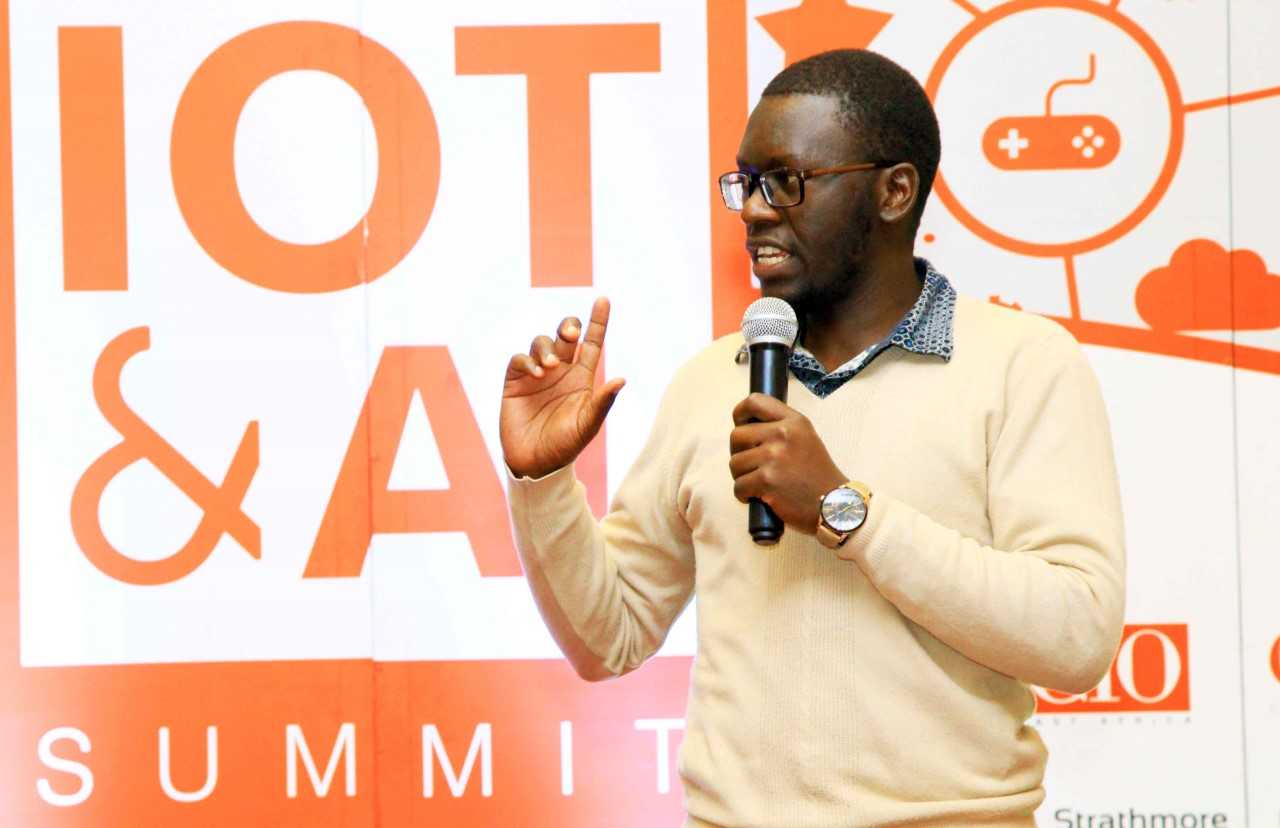advertisement
Miyabi Africa demonstrates the power behind IoT and AI
Miyabi Africa a rising star tech-entrepreneur in partnership with iLab, a subsidiary of Strathmore University took a leap to demonstrate…

Miyabi Africa a rising star tech-entrepreneur in partnership with iLab, a subsidiary of Strathmore University took a leap to demonstrate the power behind IoT and AI in varied curated build projects during the recent IoT and AI Summit organized by CIO East Africa in Nairobi, Kenya.
During the session sponsored by Microsoft, Collins Omwenga, a Developer Evangelist who is also a specialist in Application Life-Cycle Management, Application Architecture Design demonstrated activities around IoT Data Transfer, Edge AI and IoT Security.
While demonstrating what IoT Data transfer topologies and their capabilities are, Omwenga convinced the delegates that IoT ecosystem is unique from traditional voice and data services owing to its global reach that connects local resources with platforms with others around the globe. He noted that since it covers a wide variety of industries, including health, logistics, automotive and energy management, its value chain is far more complex and articulated, involving service providers, module manufacturers, connectivity providers, system integrators and device manufacturers.
advertisement
“IoT’s most common business model is Business to Business to Consumer (or B2B2C). IoT connectivity is only an enabler, whereas in traditional telecommunications it is a core service. The great news for consumers and businesses is that all these players not only cooperate in innovative partnerships, but also compete with one another to own the relationship with the end-user, creating an extremely dynamic market,” asserted Omwenga.
Edge EI
On Edge AI, Omwenga demonstrated that AI algorithms are processed locally on a hardware device. The algorithms use data (sensor data or signals) that are created on the device. The device using Edge AI does not need to be connected to work properly, it can process data and take decisions independently without a connection.
advertisement
To use Edge AI, one therefore needs a device comprising a microprocessor and sensors.
Omwenga gave an example of an elderly person wearing a watch that can detect falls is a solution based on Edge AI.
The Edge AI system use accelerometer data in real time as input to the AI algorithm that will detect when the person is falling. The watch will only connect to the cloud when it has detected a fall. One of the key properties in the example above is to have a long battery life. If the system would rely on processing in the cloud it would need Bluetooth connection enabled all the time and the battery would be drained in no time.
Security
advertisement
On matters secuirty, Omwenga said that when designing a system, it is important to understand the potential threats to that system, and add appropriate defences accordingly, as the system is designed and architected.
He pointed that it is important to design the product from the start with security in mind because understanding how an attacker might be able to compromise a system helps make sure appropriate mitigations are in place from the beginning.